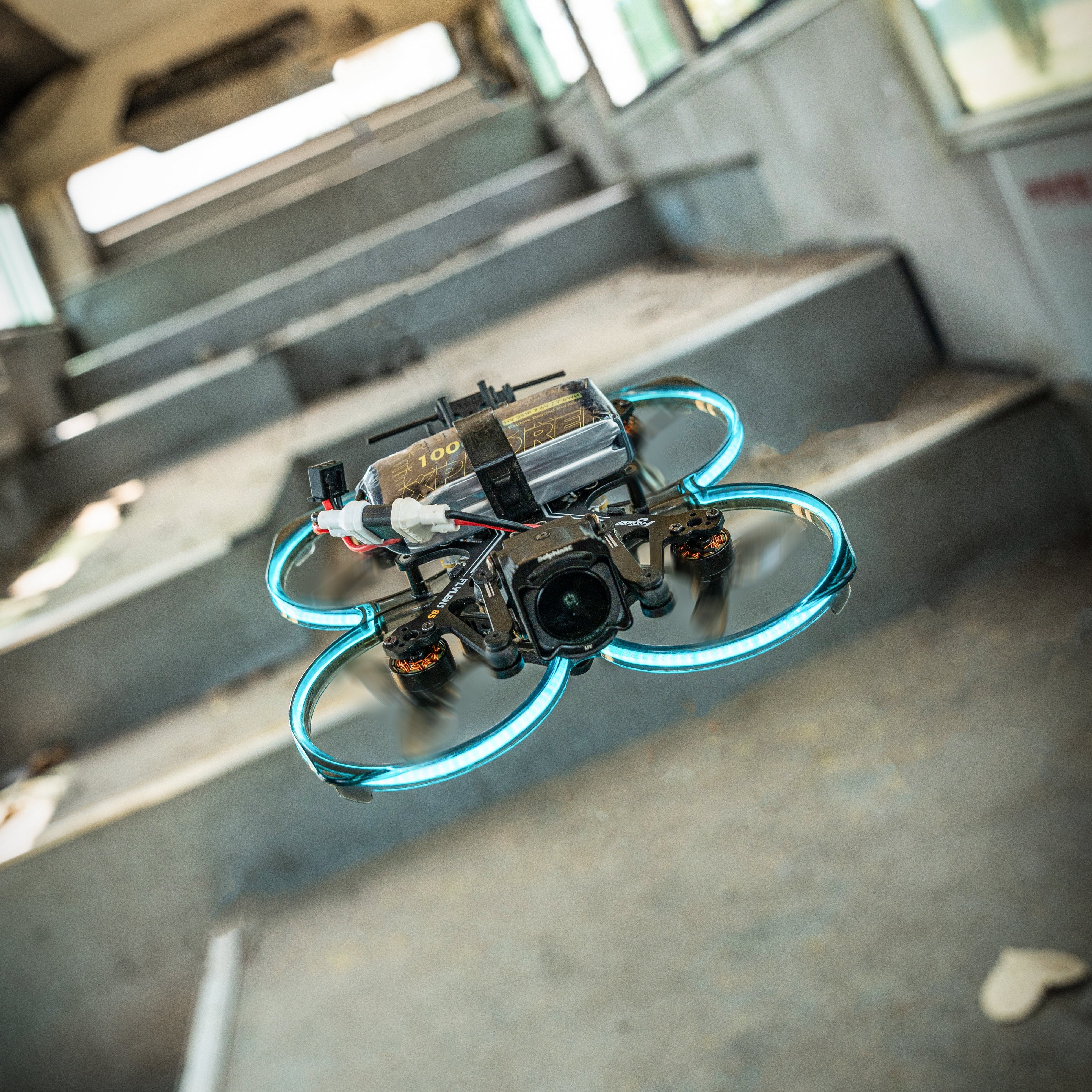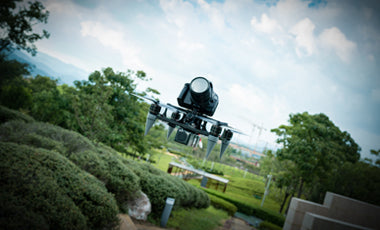Performing drone operations during the cold winter season presents challenges for both the pilot and the aircraft. The drone's battery is particularly susceptible to the effects of low temperatures and environmental conditions. Proper maintenance of winter batteries can significantly enhance operational efficiency and prevent unnecessary accidents.

-
Risks of Battery Operation in Low Temperatures
The performance of batteries is severely affected by the characteristics of lithium batteries in low-temperature environments. This is primarily due to reduced chemical activity, increased internal resistance, and weakened discharge capacity caused by low temperatures. At this point, the battery voltage also drops significantly. When the voltage of a single cell drops to 3V, two major risks arise:
- Insufficient battery output voltage, leading to premature low-voltage landing of the drone, which may result in an unexpected power shutdown.
- Flying in this state may trigger over-discharge protection, preventing further charging and use of the battery.
In extremely adverse weather conditions, it's advisable to let the drone hover at low altitude for 2-3 minutes after takeoff, allowing the battery to warm up before proceeding with the flight to avoid accidents during flight.

Note that battery endurance will significantly decrease in colder temperatures, which should be taken into account when planning flight routes. Keeping the battery warm is crucial. Charge the battery in a warm place and store it in a warm environment, such as a car with the air conditioning on, using a heater, or keeping it in an inner pocket of your clothing to maintain body heat.
-
Battery Exterior Inspection
- Check for any damage or deformation to the battery's exterior.
- Inspect the metal contacts of the battery interface for any signs of damage or corrosion.
- Ensure that the battery charging cables are secure and that the battery insertion and removal processes are smooth.
-
Battery Information Check
Drone batteries are mainly divided into two types: intelligent batteries and non-intelligent batteries.
Non-intelligent batteries: These batteries can only collect internal voltage information through third-party modules. When operating the drone, users can only estimate the battery's power duration based on its voltage.
Intelligent batteries: In addition to using LED indicators to gauge battery level, intelligent batteries can transmit internal information to an app through protocol ports. This allows real-time monitoring of data such as actual capacity, remaining capacity, individual cell voltage, cycle usage, over-discharge incidents, etc. The intelligent management board stores this information in a memory chip, and users can easily access all battery data through a smartphone app.
-
Protection Functions
Non-intelligent batteries: These batteries lack charging protection and balancing functions, making it difficult to prevent overcharging using a charger.
Intelligent batteries: The intelligent management board acts as a protective barrier. It automatically monitors battery voltage and cuts off the current if it exceeds safe levels while also balancing the cells during charging. If the voltage becomes too low during usage, the management system sends an alert to prompt the user to return the drone.
-
Storage Protection
- Important notes for long-term storage: Battery charge should be maintained at 40%-60% before storage to prevent damage. It's recommended to perform a charge-discharge cycle every 3 months, or 2 months for intelligent batteries.
- Store in a cool environment: As drones may spend a significant amount of time in storage, suitable temperature conditions are crucial. Store batteries in a sealed bag or explosion-proof box. The recommended storage temperature range is generally between 10°C and 25°C, following the manufacturer's instructions.
- Do not use flammable cleaning agents like alcohol on batteries or charging equipment.
- Self-Checking Function
Non-Smart Battery:
For non-smart batteries, users determine the battery's normal health status through manual operations, such as using a multimeter for measurement.
Smart Battery:
The intelligent management board continuously monitors battery information in real-time to determine whether the battery is in a normal state. If any abnormalities are detected (such as short circuits or low voltage), the battery will automatically indicate the cause of the abnormality to the user through different LED flashing patterns.
-
Storage
-
Precautions for Long-Term Storage: Before storage, the battery should have a charge level of 40% to 60%. Otherwise, prolonged storage may lead to battery damage. It is essential to perform a charging and discharging cycle within three months. For smart batteries, this cycle should be shortened to two months.
-
Storage in a Cool Environment: As drone batteries may spend a significant amount of time in storage, the appropriate environmental temperature is crucial. For long-term storage, batteries should be placed in sealed bags or explosion-proof containers. Generally, it is recommended to store batteries in an environment with a temperature ranging from 10°C to 25°C. Refer to the instruction manual for the ideal temperature range.
-
Do not use flammable cleaning agents such as alcohol to clean batteries or charging devices.





Leave a comment